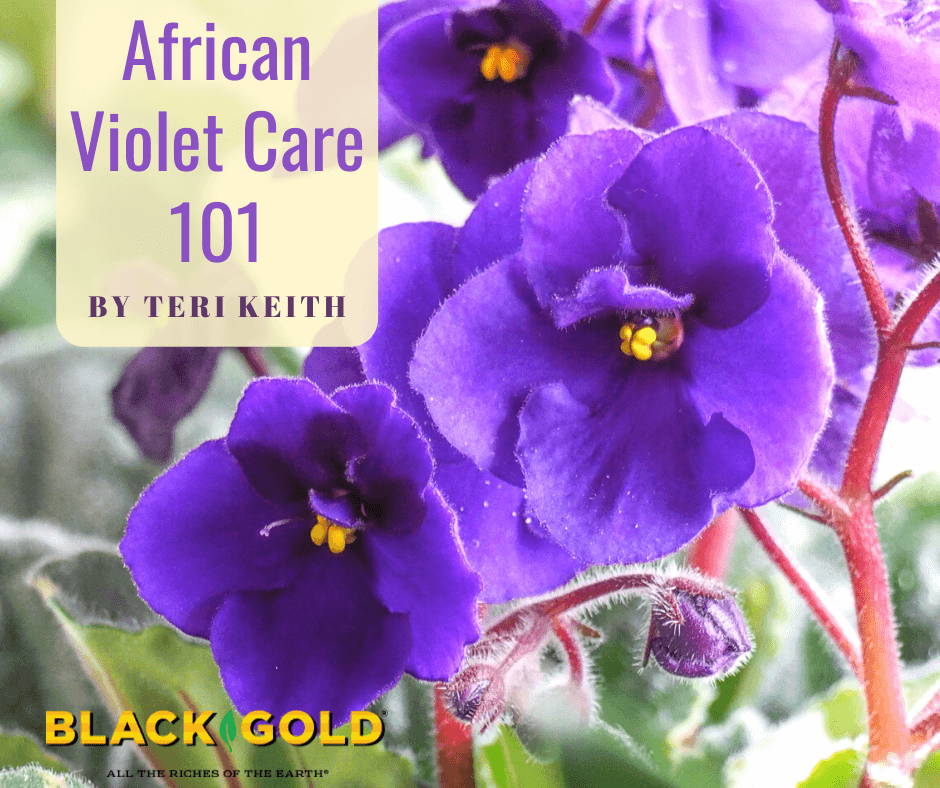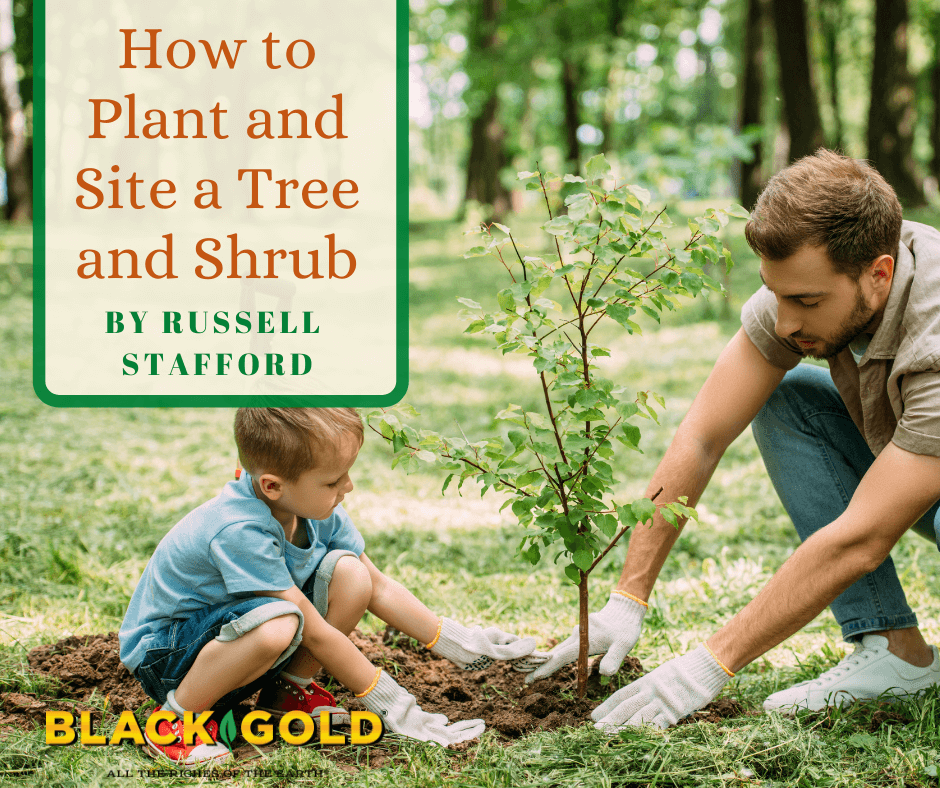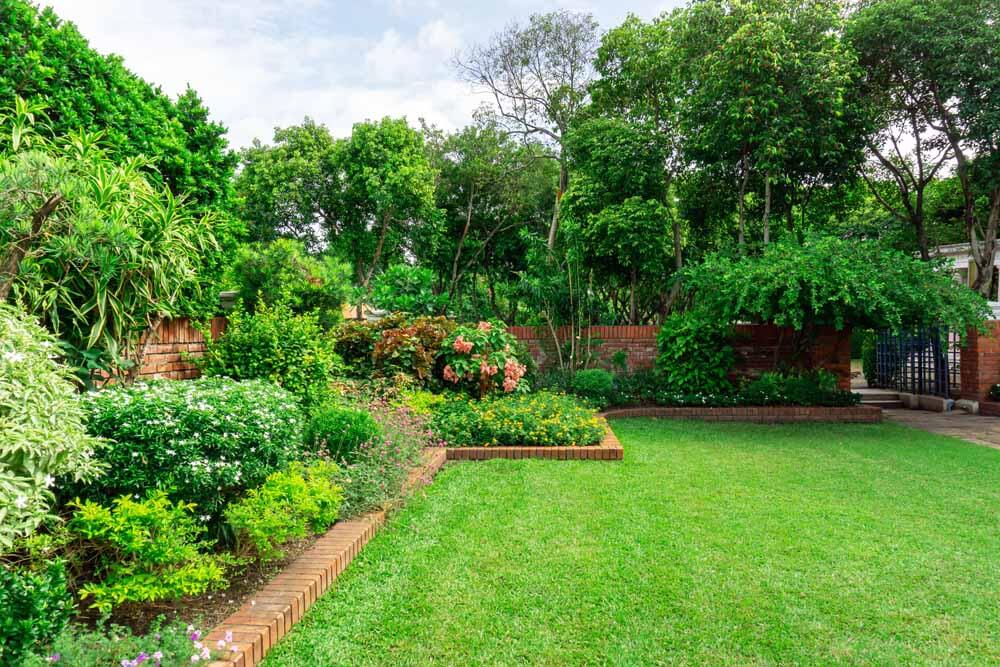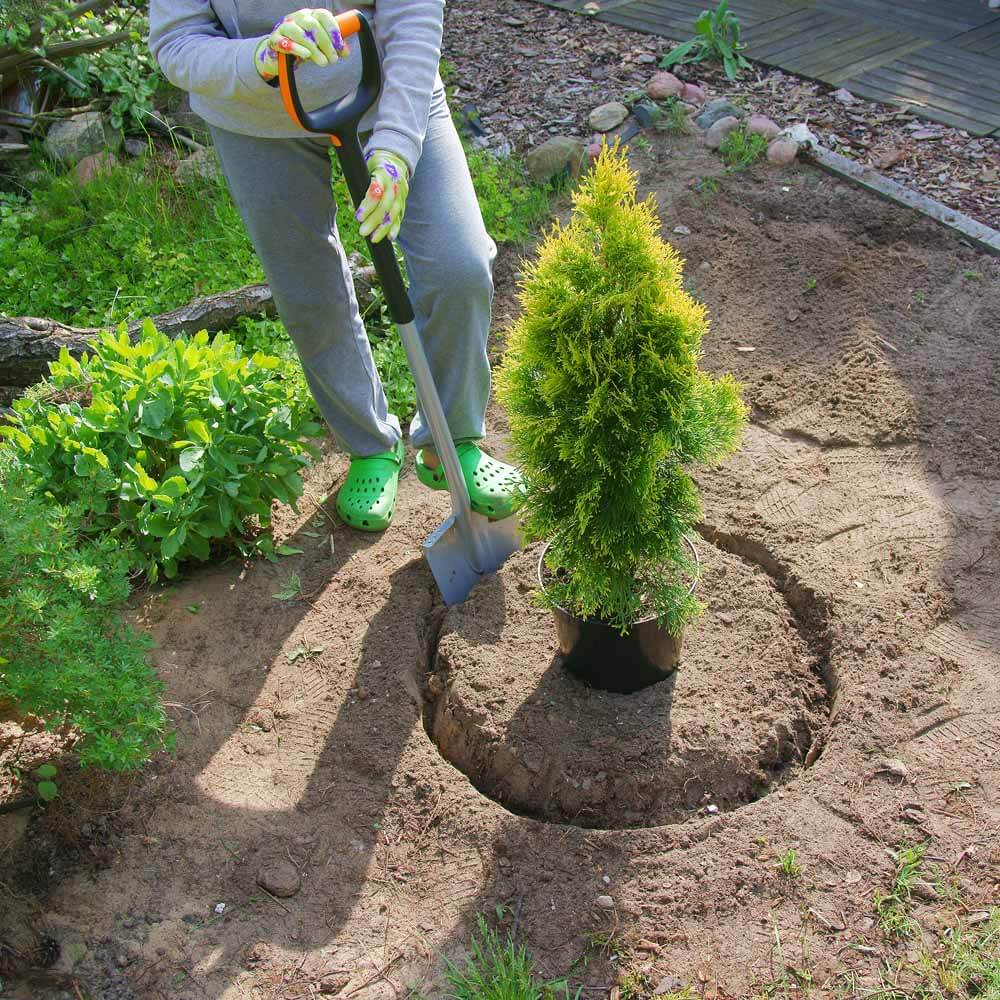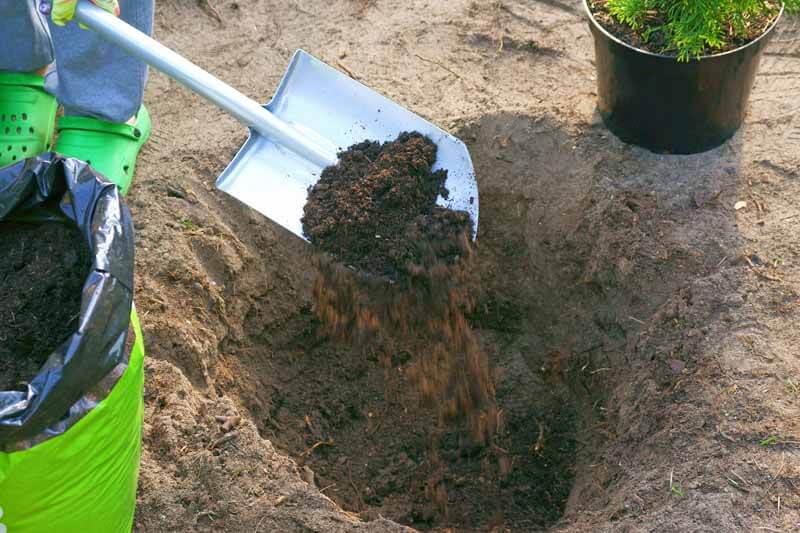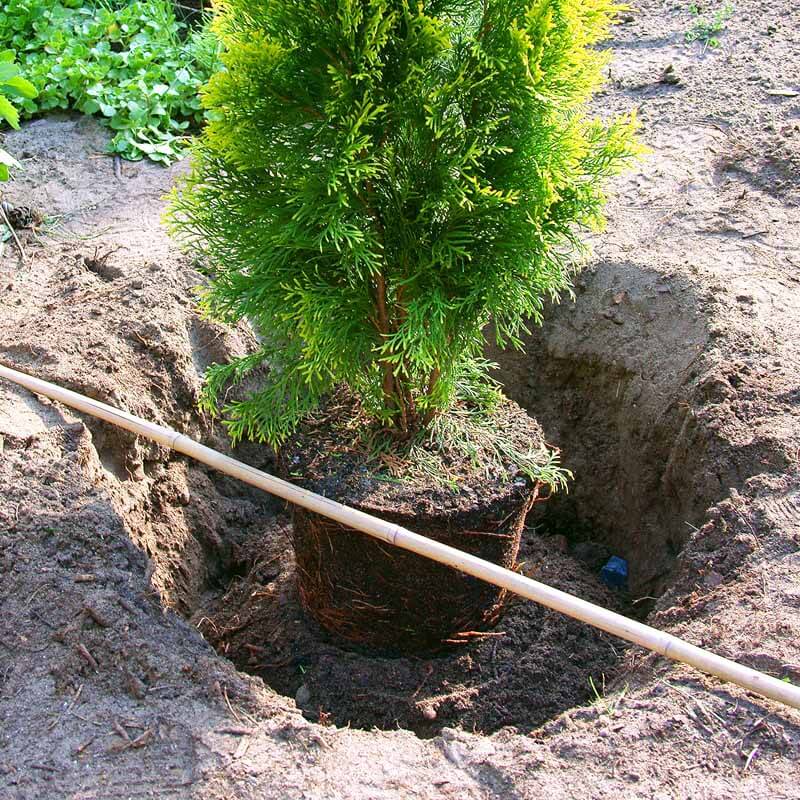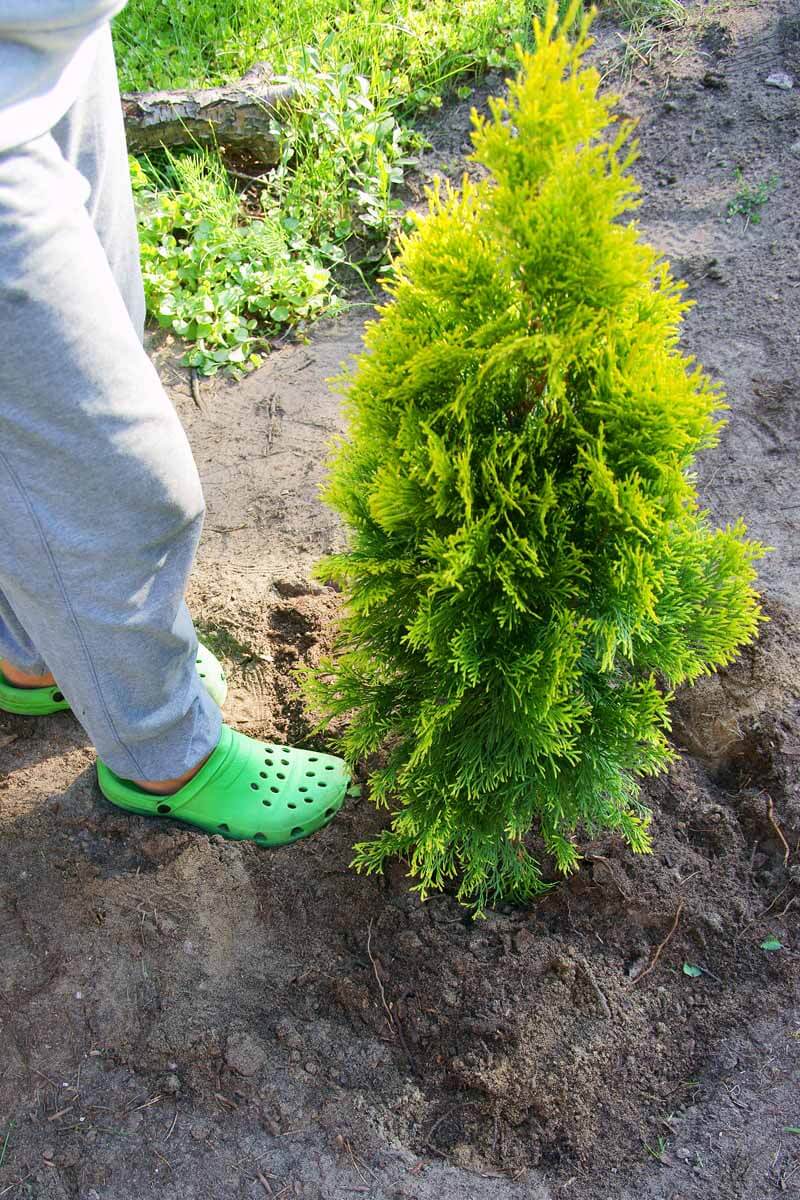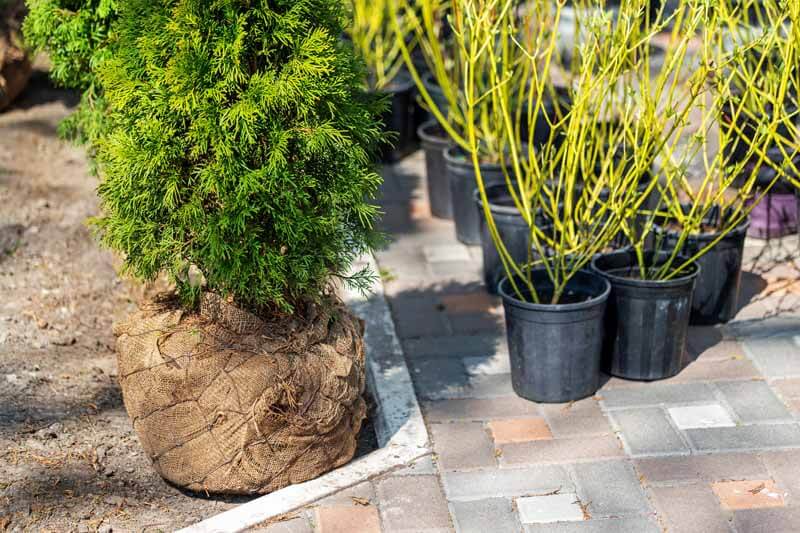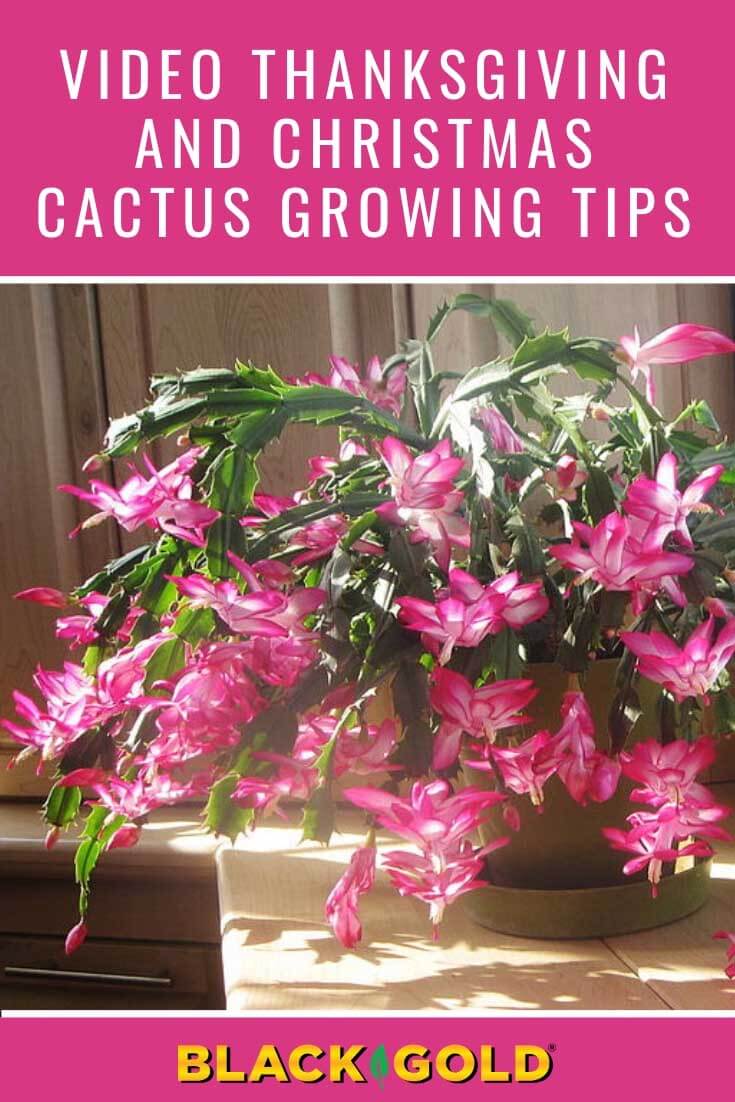It is that time of year when I start feeling desperate for flowers. Christmas, with all the decorations and lights, is past, and there are three whole months until April, with its early daffodils and crocus. So what is a perfect, ever-blooming houseplant, to brighten things up at this time of year? The answer is African violets, and they are easier to grow than most think.
Basic Overview of African Violets
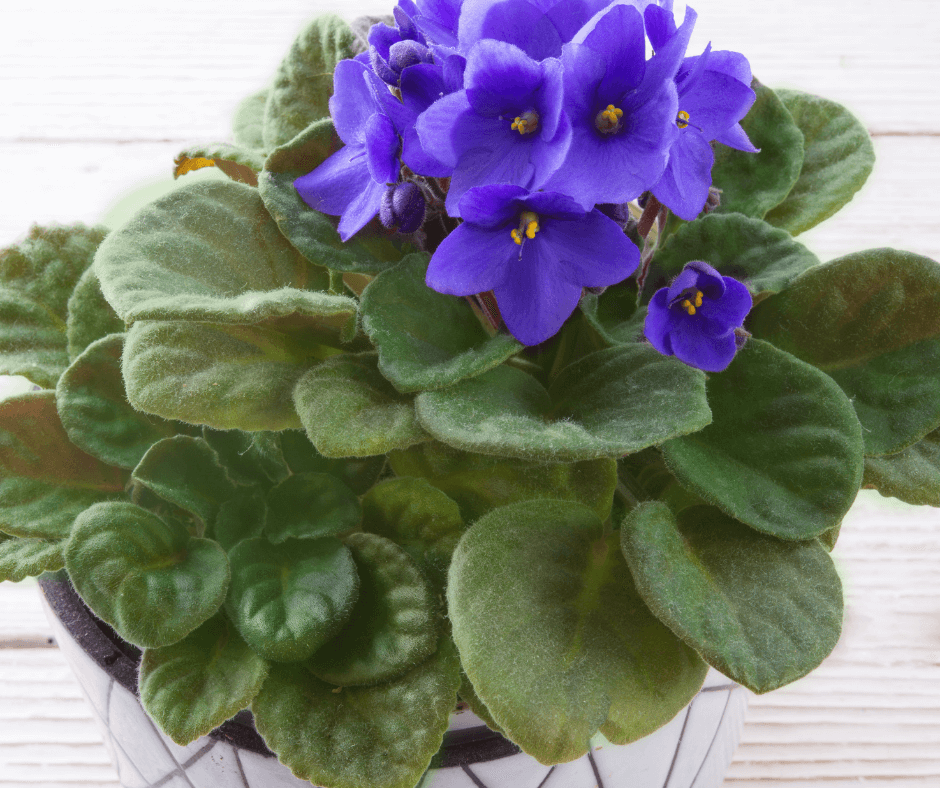
African violets (Saintpaulia ionantha) were discovered in 1892, in tropical rain forests in Tanganyika, a small country in eastern Africa. Baron von Saint Paul, the imperial, district governor of the colonized country, found them on the forest floor. He then sent plants and seeds back to his father in Europe, and after passing through several hands they made their way to the Royal Botanical Gardens, Kew, where the first breeding to develop them into houseplants began. They came to the United States in 1894 and by 1946 were so popular that police had to be called in to help with traffic, at the first US National African Violet Show in Atlanta, Georgia. The African Violet Society of America was founded shortly afterward in the same year.
As with any new plant, developing fancy varieties took off quickly, and now with modern breeding, there are fabulous African violets available. Plants range in size from 3 to 16 inches and can have single or double flowers in shades of pink, purple, violet, rose, or white. Some have frilled edges and others are bi-colored, with contrasting edges and centers. Violets that are splashed or speckled with two or more colors are called fantasy types. Some have variegated leaves with edges, centers, stripes, or spots of white or yellow. Other have leaves with ruffled edges, quilted puffs, or an oak-like shape that add to the beauty of the plants.
Buying African Violets
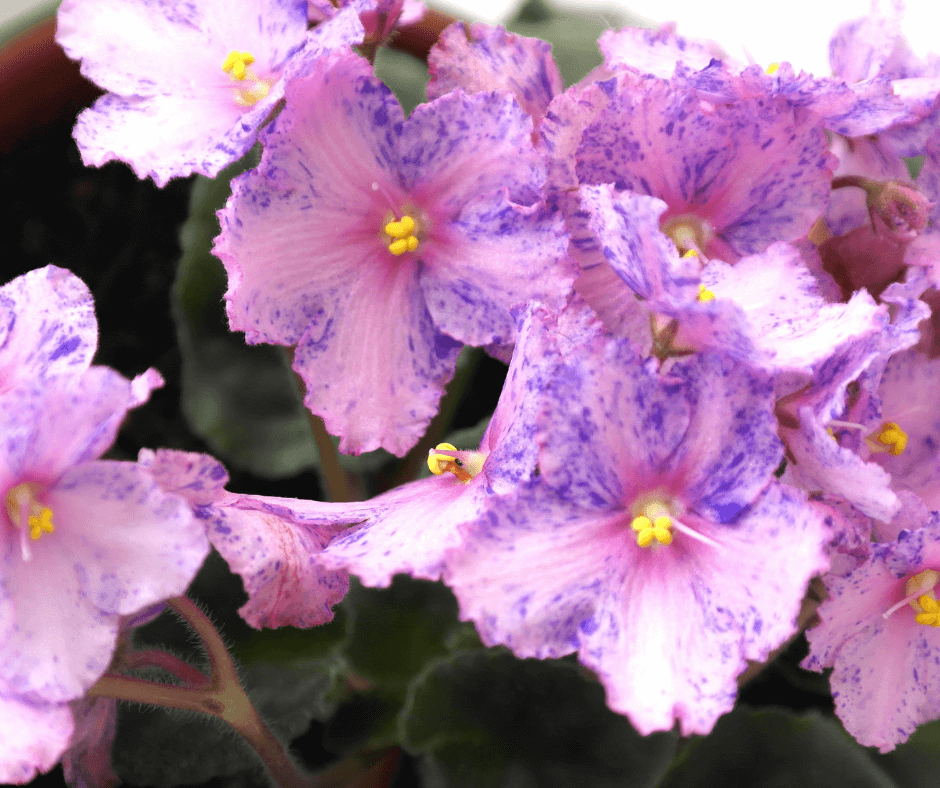
All garden centers that carry house plants should have a nice African violet selection, but specialty plants must typically be purchased online unless you have a specialty grower nearby. The Violet Barn is an outstanding online nursery for African violets, and, of course, looking at all of their wonderful varieties means that I plan to order some new African violets right away. They have an outstanding selection of unusual trailing varieties, and the fully-double, trailing-pink ‘Cirelda‘ caught my eye. The award-winning, heavy flowering, speckled-violet ‘Rob’s Boolaroo‘ looks unbelievable, as does the pretty pink-flowered ‘Ma’s Debutante‘ with its wonderfully white speckled variegated leaves. I was also attracted to some of the Saintpaulia species, such as Saintpaulia grandifolia, which is elegant and promises prolific violet-blue, butterfly-shaped blooms on long stems. Pretty African violet pots and a bag of Natural & Organic Black Gold African Violet Potting Mix are also on my to-buy list.
Growing Basics for African Violets
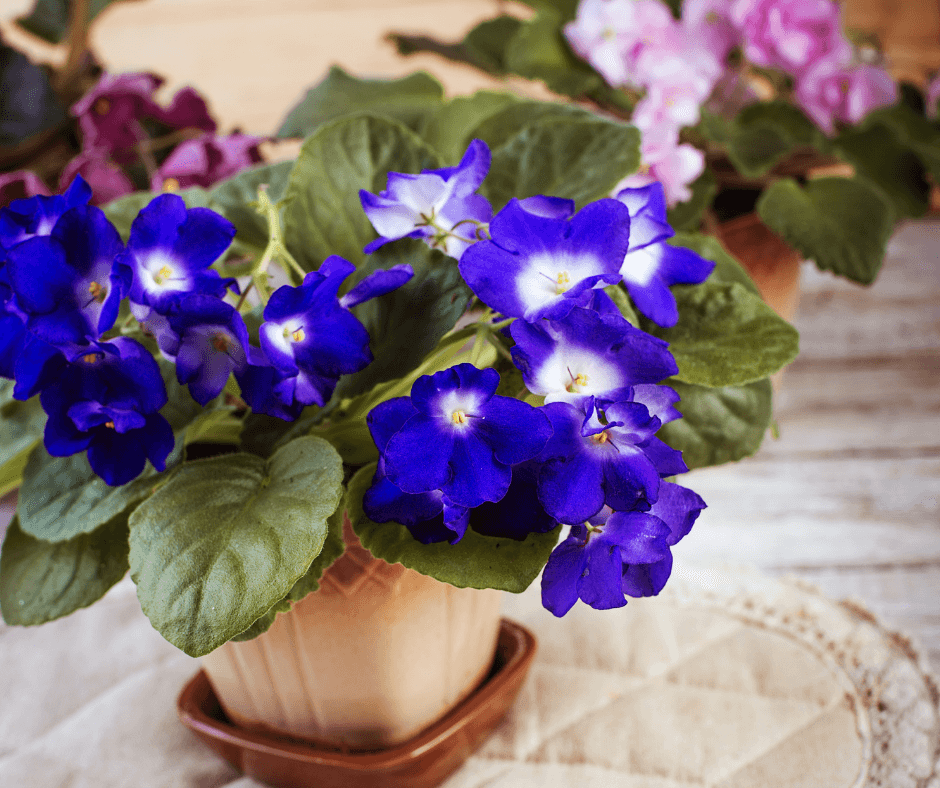
Now, it is true that African violets have a bit of a reputation for being tricky to grow, but with a few instructions, you will easily have beautiful plants that bloom heavily and repeatedly throughout the year.
- Light: Providing the right amount and kind of light is important to keep plants blooming. African violets like bright, indirect light, which means putting them in a west- or east-facing window (large north-facing windows also work) and turning them every week for uniform growth. Artificial grow lights can also be used, if they provide consistent, uniform light. Keep the plants no farther than 12 inches away from the light, and provide 12 hours of light a day. If they start having fewer flowers, change the amount of light to 14 hours a day for a few weeks, and then go back to 12 hours. (Note: Grow lights really help in winter when you lack windows. This year, I brought three huge fancy geraniums in for the winter, but I lacked window space for them. I bought grow lights to keep them going until spring, and they are doing very well.)
- Water: Proper watering is essential for African violets. They require highly drained soil that is just moist. Room temperature water that is low in minerals is also preferred. When watering, avoid getting water on the leaves, which can cause leaf spots and damage. Instead, either bottom water or water from the top with a narrow-spouted watering can, while being careful to avoid the foliage. Allow water to stand in the bottom saucer for about 1 hour, and then pour it out. Allow the soil to dry out a little before watering again.
- Temperature & Humidity: The perfect humidity is 50-60% and temperatures close to 70 degrees F are just right.
- Fertilization: Fertilize with a specialty African violet fertilizer, which you can find online. Be sure to follow the manufacturer’s application instructions, because they may vary. I tend to feed them lightly each time I water.
- Soil & Drainage: Choose a specialty growing mix, such as Natural & Organic Black Gold African Violet Potting Mix, and always plant African violets in pots with drainage holes and a bottom saucer to catch water. When the plant becomes root bound, upgrade to a pot 1-2 inches larger to encourage new growth.
 If your African violet stops blooming, check the number of rows of leaves. If there are 5 or more rows, cut the outside rows of leaves off at the base, back to 2 rows. Each row produces its own flowers, and the crown of leaves can take over the plant. The most common cause of lack of flowers, however, is not enough light, so move it closer to your light source if plants stop blooming.
If your African violet stops blooming, check the number of rows of leaves. If there are 5 or more rows, cut the outside rows of leaves off at the base, back to 2 rows. Each row produces its own flowers, and the crown of leaves can take over the plant. The most common cause of lack of flowers, however, is not enough light, so move it closer to your light source if plants stop blooming.
With new African violets on the way, I am thinking of places to put mine. My new trailing ‘Cirelda’ will look beautiful in a hanging basket. I cannot wait to see its pretty pink flowers and cascading stems. It should give me gorgeous blooms to brighten the winter and times beyond. For more information, please watch the helpful video below.


